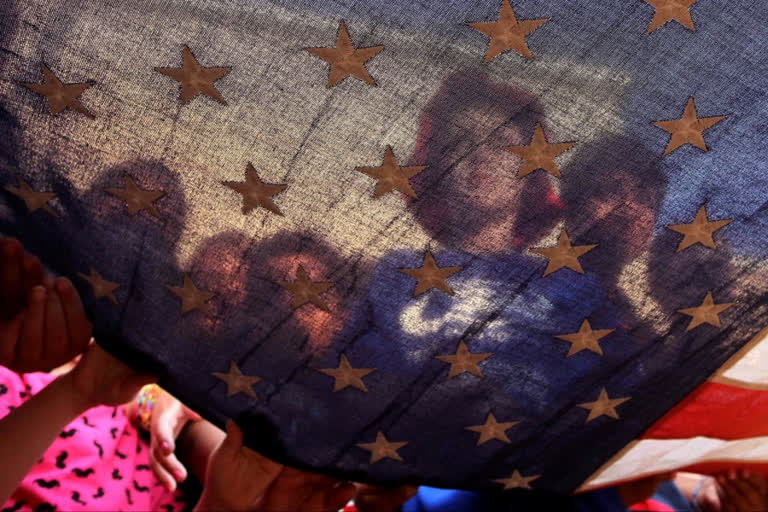Shanksville (Pennsylvania): Across the vast field where the plane fell out of the sky so many years ago, all is quiet. The hills around Shanksville seem to swallow sound. The plateau that Americans by the millions ascend to visit the Flight 93 National Memorial, to think of those who died in this southwestern Pennsylvania expanse, sits just above much of the landscape, creating a pocket of quiet precisely where quiet needs to be.
It is a place that encourages the act of remembering.
Twenty years have passed since United Flight 93 made its final descent, chaos unfolding aboard as buildings burned 300 miles to the east. Nearly one-fifth of the country is too young to remember firsthand the day that changed everything.
At the edge of the memorial’s overlook, a burly man in a leather Harley Davidson vest talks to two companions. He points toward the patch where the plane hit. It is an intimate conversation, and it is hard to hear what he’s saying.
But his first two words are clear:
“I remember …”
Remembering is not merely a state of mind. As those who beseech us to never forget the Holocaust have long insisted, it is an act. And when loss and trauma are visited upon human beings, the act of remembering takes many forms.
Remembering is political. Those who disagree about the fate of Confederate statues across the American South demonstrate that, as do those who dispute how much the war on terror and its toll should be part of discussions about 9/11 memories.
Remembering wears many coats. It arrives in ground zero ceremonies and moments of silence and prayers upon prayers, both public and private. It shows itself in folk memorials like those erected at the sides of lonely roads to mark the sites of traffic deaths. It is embedded in the names of places, like the road that leads to the Flight 93 memorial — the Lincoln Highway. It surfaces in the retrieval of “flashbulb memories” — those where-were-you-when-this-happened moments that stick with us, sometimes accurately, sometimes not.
There are personal memories and cultural memories and political memories, and the line between them often blurs.
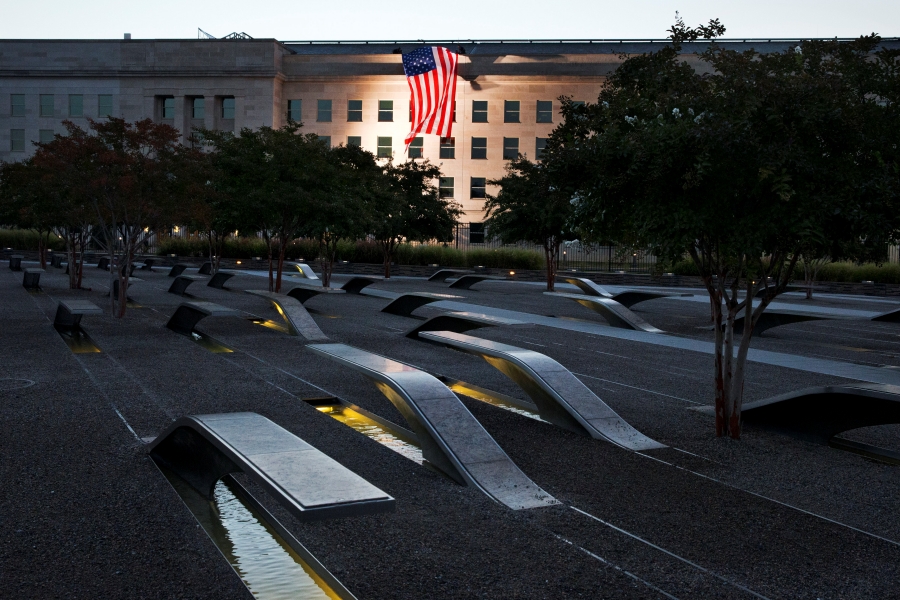
And for generations, remembering has been presented to us in monuments and memorials like Shanksville’s, negotiated and constructed and fine-tuned to evoke and provoke the memories and emotions of people and moments in certain ways.
“Monuments are history made visible. They are shrines that celebrate the ideals, achievements and heroes that existed in one moment in time,” architectural historian Judith Dupre writes in her 2007 book about them — a book she first pitched to her publisher on, of all dates, Sept. 10, 2001.
Yet while monuments stand, remembering itself evolves. How 9/11 is remembered depends on when 9/11 is remembered. Remembering it on Sept. 15, 2001, or on Sept. 11, 2004 is different from remembering it on Sept 11, 2011 — or, for that matter, different from what it will be next weekend.
What, then, does remembering come to mean on a 20th anniversary, or at any juncture when an event like 9/11 starts to recede into the past — starts to become history — even as its echoes are still shaking the foundations of everything?
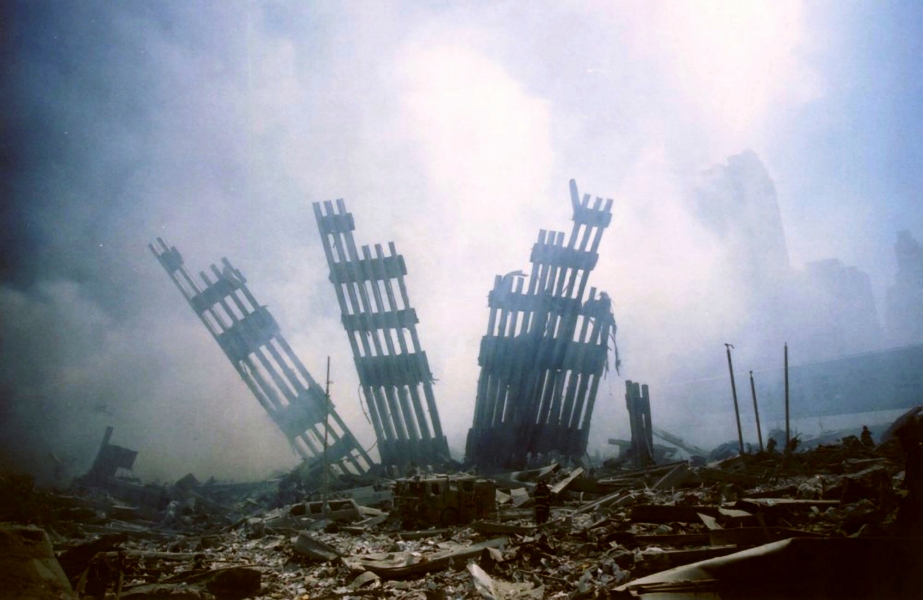
“Our present influences how we remember the past — sometimes in ways that are known and sometimes in ways that we don’t realize,” says Jennifer Talarico, a psychology professor at Lafayette College in Pennsylvania who studies how people form personal memories of public events.
Evidence of that is obvious in the events of the past five weeks in Afghanistan, where a 20-year war waged in direct response to 9/11 ended pretty much where it began: with the repressive and violent Taliban in charge once more.
“If we were still in Afghanistan and things were stable, we would be remembering 9/11 in probably a very different way than how we will remember it this year,” says Richard Cooper, a vice president at the nonprofit Space Foundation who worked for the Department of Homeland Security for several years after the attacks and has watched many remembrances over the years.
“That heartbreak and pain we felt on the morning of Sept. 12, 2001, is resurrecting itself,” Cooper says, “and that impacts how we remember it today.”
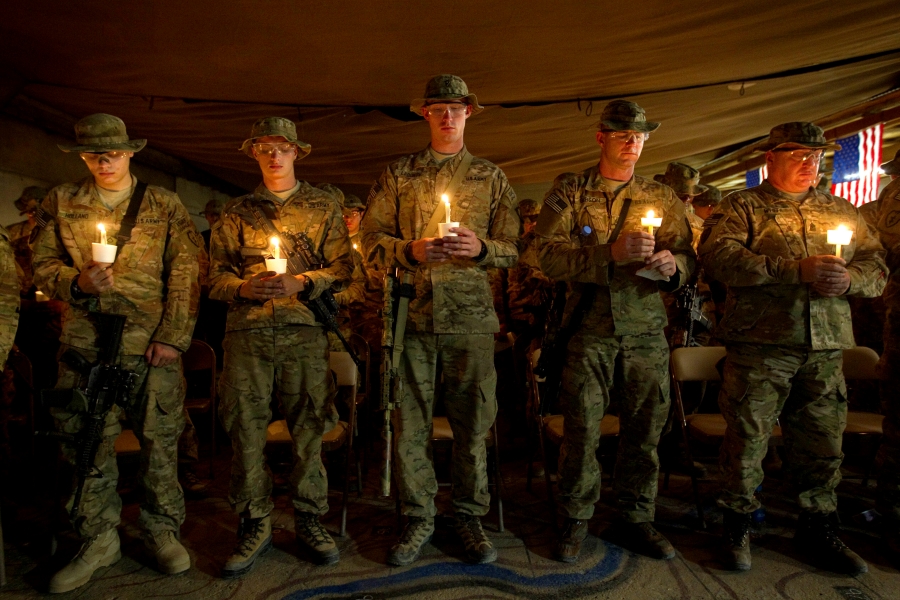
Even within more static forms of memory, such as the Flight 93 National Memorial, the question of how remembering changes and evolves hangs over so much.
Read: Twenty years after 9/11, did US win its ‘war on terror’?
In the visitors’ centre, visceral, painful artefacts of the moment still bring back the past with astonishing efficiency; twisted, scarred cutlery from in-flight meals is a particularly breathtaking sight. But the variety of remembering that is presented yards away at the quiet overlook and its thoughtful memorial feels more permanent, more eternal — and now, 20 years on, more befitting of something that happened a generation ago.
Paul Murdoch of Los Angeles, the lead architect on the memorial, says it was carefully calibrated to resonate across multiple stages of memory about the event and its implications.
“You can imagine a memorial approach that sort of freezes anger in time, or freezes fear. And that can be a very expressionistic piece of art. But I feel like, for something to endure over a long period of time, I think it has to operate a different way,” says Murdoch, who co-designed the memorial with his wife, Milena.
“Now we have a generation of people who weren’t even alive on 9/11,” Murdoch says. “So how do you talk to people of this new generation — or of future generations?”
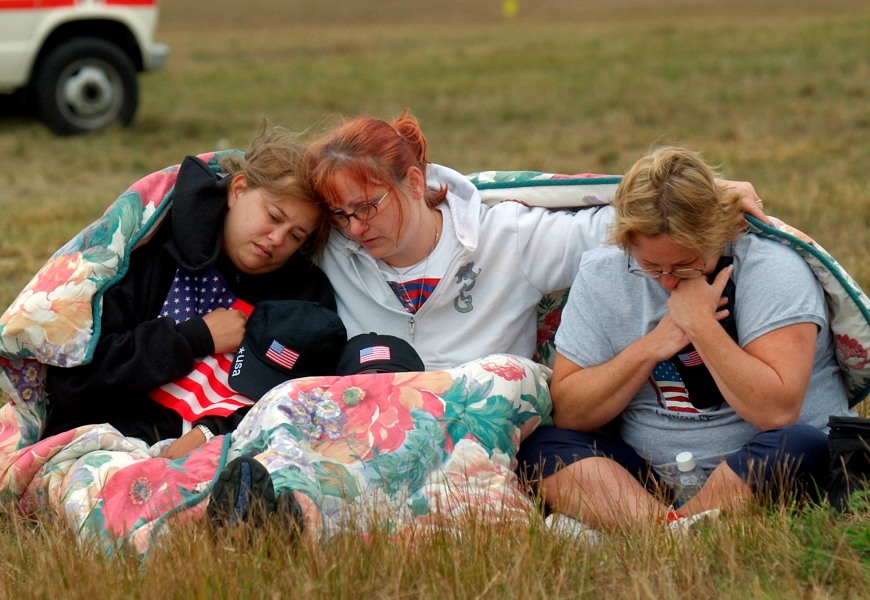
That question is particularly potent on this 20th anniversary. Society tends to mark generations in two-decade packages, so there’s an entire one that has been born and come of age since the attacks. That hardly means they haven’t been paying attention, though; they “remember” too, even if they weren’t around.
Krystine Batcho, a psychology professor at Le Moyne College in Syracuse, New York, studies how nostalgia works. She found something interesting a couple of years ago when she was researching how young people encountered stories that resonated with them — both personally and through the news.
Even those who lacked living memories of 9/11, Batcho says, responded with stories about the event. It was remembering as a shared experience.
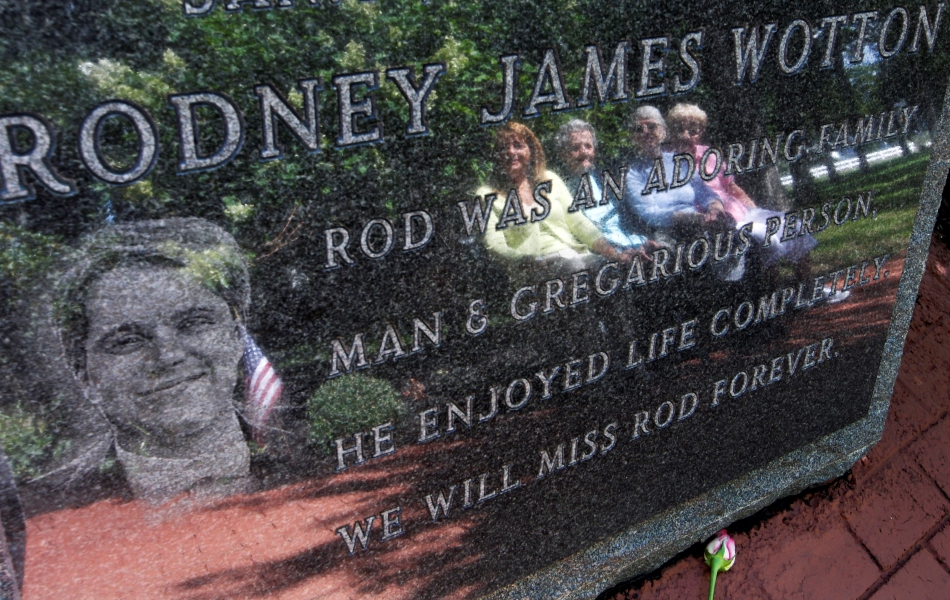
And no wonder. So many first encounters with 9/11 on the day it happened were, in the tradition of the information age, both separate and communal. People in different parts of the country and world, under vastly different circumstances, watched the same live camera angles on the same few feeds and saw the same, now-indelible views of the destruction in the same way. They experienced it apart, but together.
That formed a communal memory of sorts, even if sometimes people who saw the same things didn’t remember them the same way — a specific camera angle or vantage point, a key figure's comments, the exact sequence of events. Remembering can be like that, experts like Talarico say, particularly with intense flashbulb memories like 9/11 that carve deep grooves but aren’t necessarily accurate in the details.
“We reconstruct the event through our own lens, and part of that lens is very social,” Batcho says. “You would think that the memories would be more cohesive and homogeneous. It turns out that it’s much more complicated than that.”
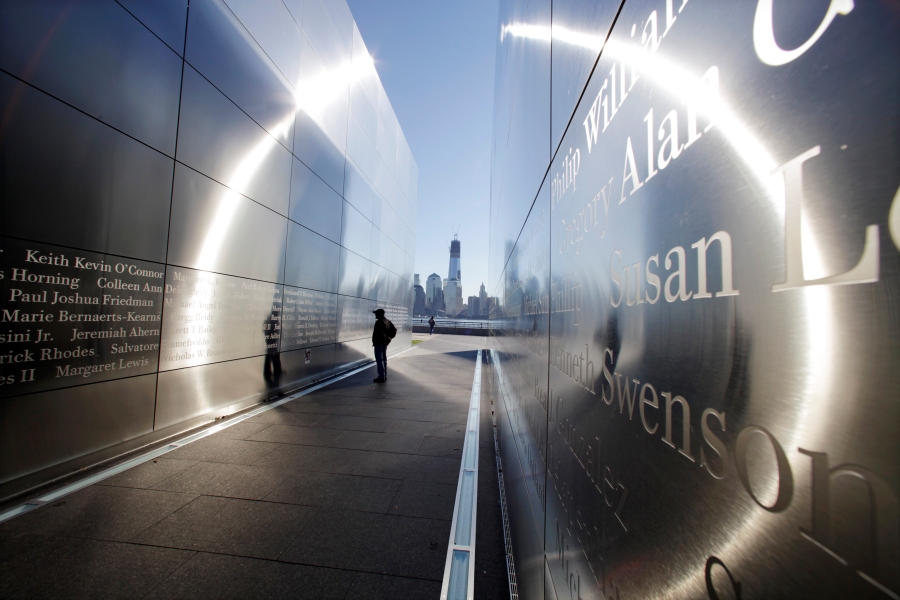
May 31, 2002, less than a year afterwards. Former New York Mayor Rudy Giuliani tells high school students in Shanksville at their commencement: “A hundred years from now, people are going to come and want to see it. And they are going to want to know what happened.”
Read: Biden to mark 20th anniversary of 9/11 at 3 memorial sites
Sept. 11, 2016, the 15th anniversary. President Barack Obama says: “Fifteen years may seem like a long time. But for the families who lost a piece of their heart that day, I imagine it can seem like just yesterday.”
That fundamental tension — it feels like yesterday, yes, but it is also becoming part of history for the long haul — is what confronts us in the coming days as many revisit and consider 9/11 and commit their own acts of remembering.
For those who were not at the nucleus of 9/11’s horror and its pain but experienced it as part of the culture in which they live, it can somehow manage to feel like both yesterday and a long time ago all at once. And as with so many acts of remembering, it is still being debated and contested — and will be for a long time to come.
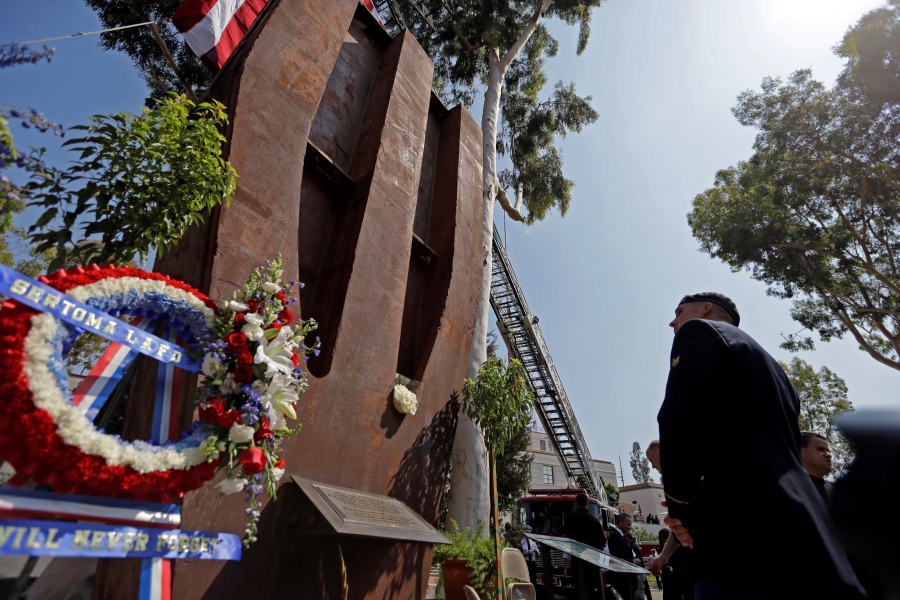
“Sober ceremonies should not mislead us into thinking the public remembrance of this horrific event is a settled matter,” 9/11 historian John Bodnar wrote in a Washington Post opinion piece in May.
At a hinge point like a major anniversary, particularly with something as seismic as 9/11, it’s easy to fall back on an aphorism like this one from William Faulkner: “The past is never dead. It’s not even past.” But the saying has endured for a reason.
Memory becomes history. And history — shared history — is held onto tightly, sometimes rabidly. It’s why so many people grasp tightly comforting, nostalgic historical narratives — even when they’re shown to have been as destructive as they were productive.
The act of remembering something like 9/11 involves exactly that delicate balance. When memory does become history, it can become more remote, like a Revolutionary War memorial for people whose passions and sacrifices have been sanded down by time. With distance, it can calcify.
That’s not going to happen with 9/11 for a long time, of course. Its politics are still roiling. The arguments that it produced — and the ways they sent society hurtling in a different direction — are just as intense as in those early days.
And when a nation pauses to remember the morning 20 years ago when it was attacked, it is not only looking over its shoulder. It is also looking around and wondering: What does this mean to us now?
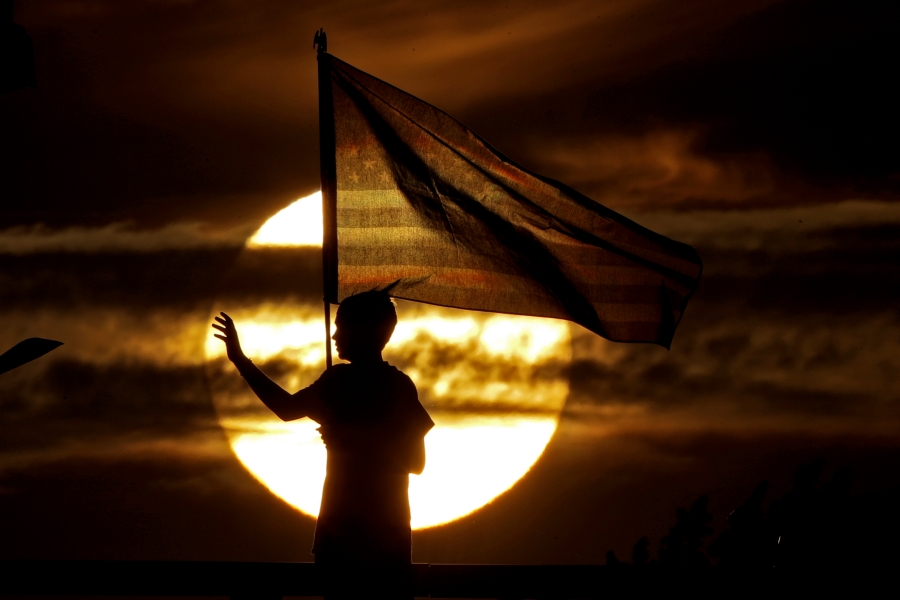
“What is important in making a memorial, in what you remember and in how you remember it?” J. William Thompson wondered in his elegant 2017 book, “From Memory to Memorial: Shanksville, America and Flight 93.”
Any answers to that are, understandably, complex. But behind all the formal words and ways to commemorate a day that upended the world, something more fundamental lurks: a simple imperative to hold onto a sense of what changed things, and how.
On the cover of Thompson’s book, a man stands looking at the Shanksville crash site, his right arm raised. In his left he holds a hand-painted sign etched with four words, one declarative sentence: “I did not forget.”
Read: Joe Biden signs order requiring review, release of some 9/11 documents
(AP)
